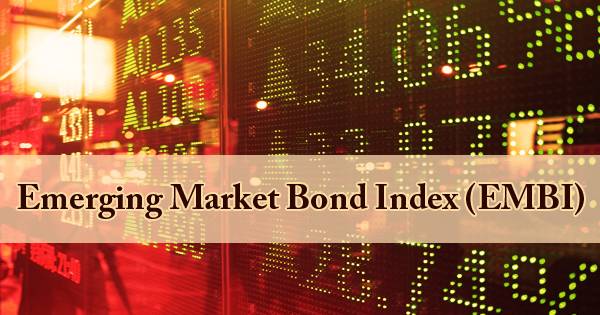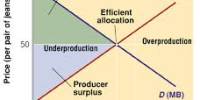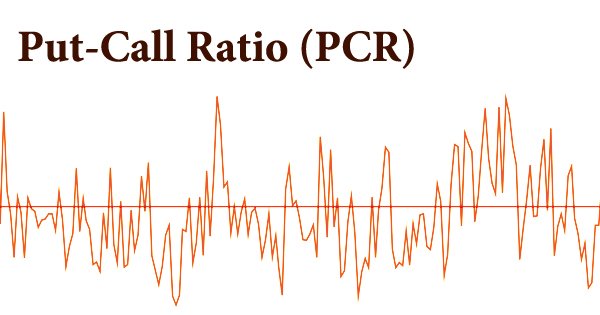The gold standard is a monetary system where a country’s currency or paper money has a value directly linked to gold. It is a monetary system in which the standard economic unit of account is based on a fixed quantity of gold. With the gold standard, countries agreed to convert paper money into a fixed amount of gold. The currency is freely convertible at home or abroad into a fixed amount of gold per unit of currency. In an international system, gold or a currency that is convertible into gold at a fixed price is used as a medium of international payments.
Historically, gold has been one of the most popular exchange mediums that have been extremely effective in being an asset that stores value. The gold standard was widely used in the 19th and early part of the 20th century. A country that uses the gold standard sets a fixed price for gold and buys and sells gold at that price. That fixed price is used to determine the value of the currency. Most nations abandoned the gold standard as the basis of their monetary systems at some point in the 20th century, although many still hold substantial gold reserves. For example, if the U.S. sets the price of gold at $500 an ounce, the value of the dollar would be 1/500th of an ounce of gold.

The gold standard was a commitment by participating countries to fix the prices of their domestic currencies in terms of a specified amount of gold. National money and other forms of money (bank deposits and notes) were freely converted into gold at a fixed price. It was a domestic standard regulating the quantity and growth rate of a country’s money supply. Under such a system, exchange rates between countries are fixed; if exchange rates rise above or fall below the fixed mint rate by more than the cost of shipping gold from one country to another, large gold inflows or outflows occur until the rates return to the official level. Because new production of gold would add only a small fraction to the accumulated stock, and because the authorities guaranteed free convertibility of gold into nongold money, the gold standard ensured that the money supply, and hence the price level, would not vary much.
Advantages
- It limits the power of governments or banks to cause price inflation by the excessive issue of paper currency, although there is evidence that even before World War I monetary authorities did not contract the supply of money when the country incurred a gold outflow.
- It creates certainty in international trade by providing a fixed pattern of exchange rates.
Disadvantages
- It may not provide sufficient flexibility in the supply of money, because the supply of newly mined gold is not closely related to the growing needs of the world economy for a commensurate supply of money,
- A country may not be able to isolate its economy from depression or inflation in the rest of the world, and
- The process of adjustment for a country with a payments deficit can be long and painful whenever an increase in unemployment or a decline in the rate of economic expansion occurs.
















